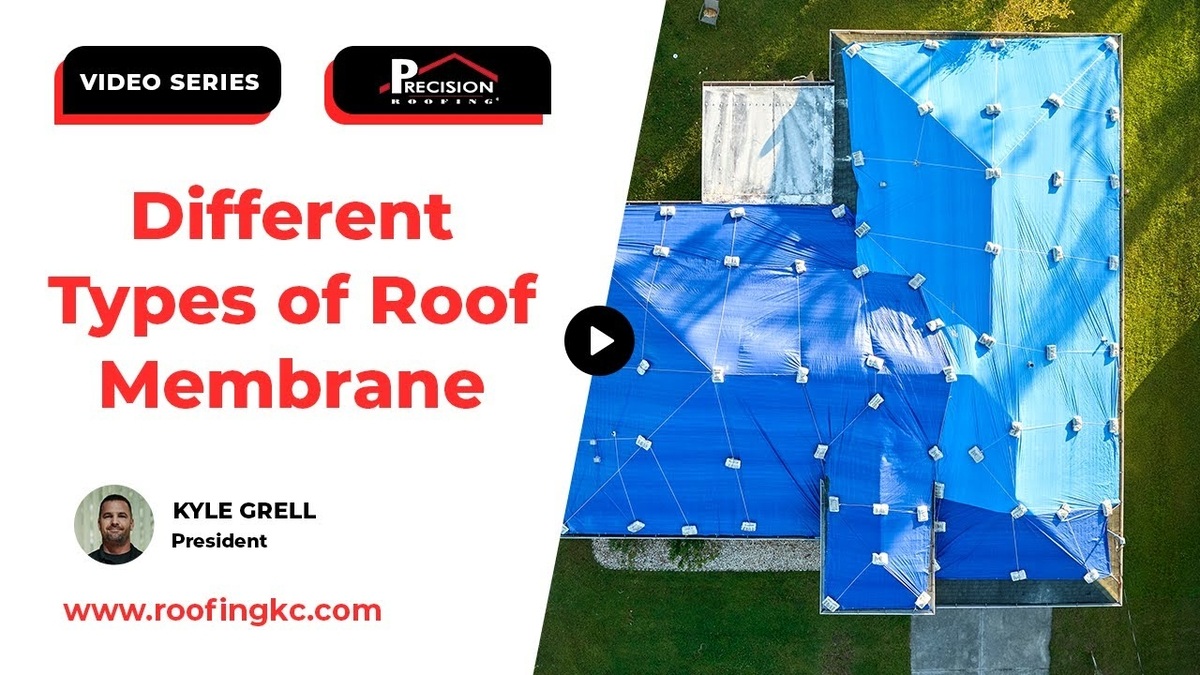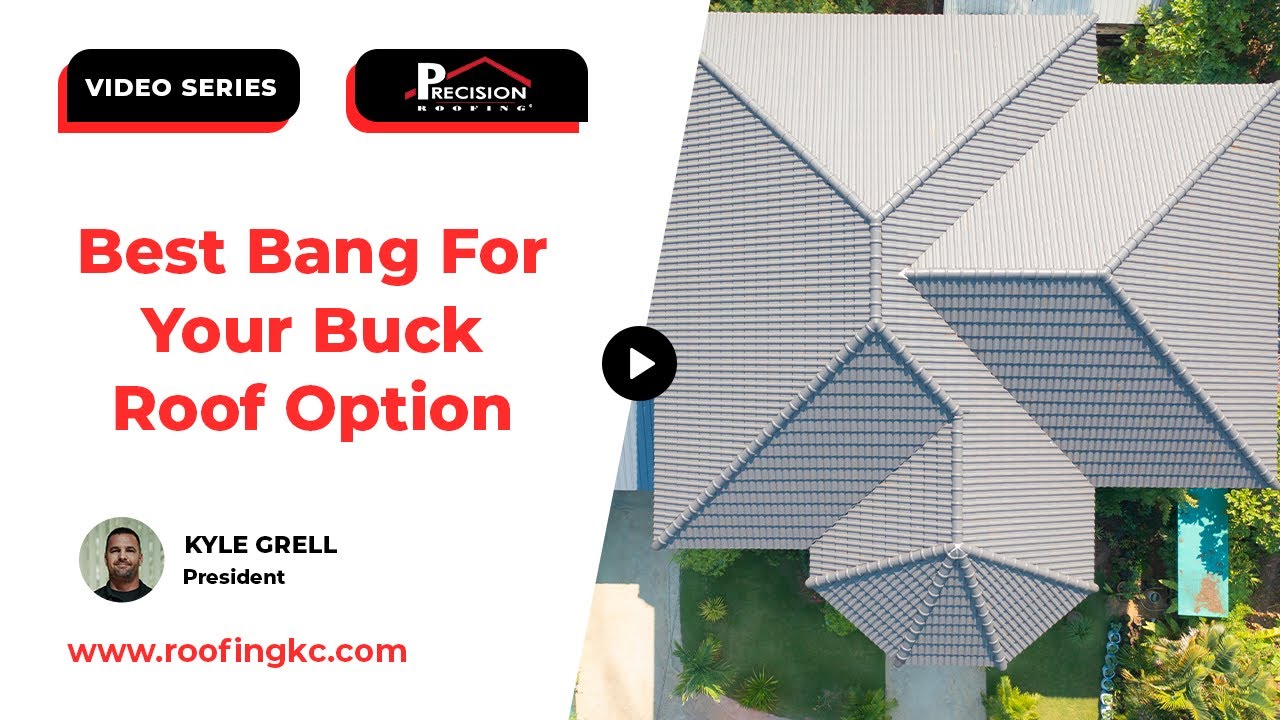If you notice shingle granules accumulating in your gutters or scattered around your property, it’s important to understand what this could mean for your roof. Shingle granule loss isn’t just a cosmetic problem; it can indicate underlying issues that might impact the overall durability and effectiveness of your roofing system.
Shingle Granule Loss
Shingle granules are the tiny, sand-like particles that coat the surface of asphalt shingles. These granules play a crucial role in protecting your roof from the sun’s harmful ultraviolet (UV) rays, enhancing the shingles’ fire resistance, and providing a layer of durability against weather elements.
Causes of Shingle Granule Loss
Granule loss can occur due to several reasons, each impacting the shingles differently:
- Age and Wear and Tear: Over time, shingles naturally lose granules as they age. The older the roof, the more granules you can expect to lose.
- Hail Damage: Hail storms are a significant cause of shingle granule loss. The impact from hailstones can dislodge granules, making shingles thinner and more vulnerable to damage.
- Foot Traffic: Regular foot traffic on the roof, whether for maintenance or other reasons, can cause granules to rub off.
- Ice Dams: Ice dams near gutters can lead to granule loss as ice forms and melts, repeatedly stressing the shingles.
- Seamed Gutters: Poorly maintained or seamed gutters can contribute to granule loss by trapping water and causing it to flow incorrectly over the roof.
Signs of Shingle Granule Loss
Identifying granule loss early can help prevent more severe issues down the line. Here are some signs to look out for:
- Granules in Gutters: One of the most common signs is finding granules in your gutters or at the bottom of downspouts.
- Granules on the Lawn: If you notice granules scattered around your lawn or garden, it’s a clear indication that your shingles are shedding.
- Bare Spots on Shingles: Inspect your roof for any bare spots where granules are missing, exposing the underlying asphalt.
- Thinner Shingles: Over time, shingles may appear thinner and more worn out due to the loss of granules.
Implications of Shingle Granule Loss
Reduced Lifespan of Shingles
One of the most significant impacts of granule loss is the reduced lifespan of your shingles. For instance, a 30-year shingle is expected to last for three decades under normal conditions. However, significant granule loss can drastically reduce this lifespan to as little as 15 or even 10 years.
Increased Vulnerability
Without granules, shingles become more susceptible to UV damage and other weather-related issues. This can lead to the shingles becoming brittle, cracking, and ultimately failing to protect your home adequately.
Potential for Roof Leaks
While granule loss alone may not directly cause leaks, it can contribute to other issues that lead to leaks. For example, thinner shingles are less effective at repelling water, especially during heavy rains, increasing the risk of leaks over time.
Preventing and Addressing Granule Loss
Regular Roof Inspections
Scheduling regular roof inspections can help identify granule loss early. Professional roofers can spot issues that might not be visible from the ground and recommend appropriate actions to mitigate damage.
Maintaining Gutters
Keeping gutters clean and ensuring they are in good condition can help prevent water from causing granule loss. Seamless gutters are a great option as they are less prone to leaks and can help manage water flow more effectively.
Minimizing Foot Traffic
Reducing unnecessary foot traffic on your roof can help preserve the granules. When maintenance is needed, use caution and consider hiring professionals to avoid further damage.
Addressing Hail Damage
If your roof has been through a hailstorm, it’s crucial to have it inspected. Hail damage is a valid reason to file an insurance claim, especially if it has significantly reduced the lifespan of your shingles.
In Summary
Shingle granule loss is an important issue that can impact the health and longevity of your roof. By understanding the causes, recognizing the signs, and taking proactive measures to prevent and address granule loss, you can ensure your roof continues to protect your home effectively.
If you notice significant granule loss or other roofing issues, contact us to schedule an inspection and discuss potential solutions.



